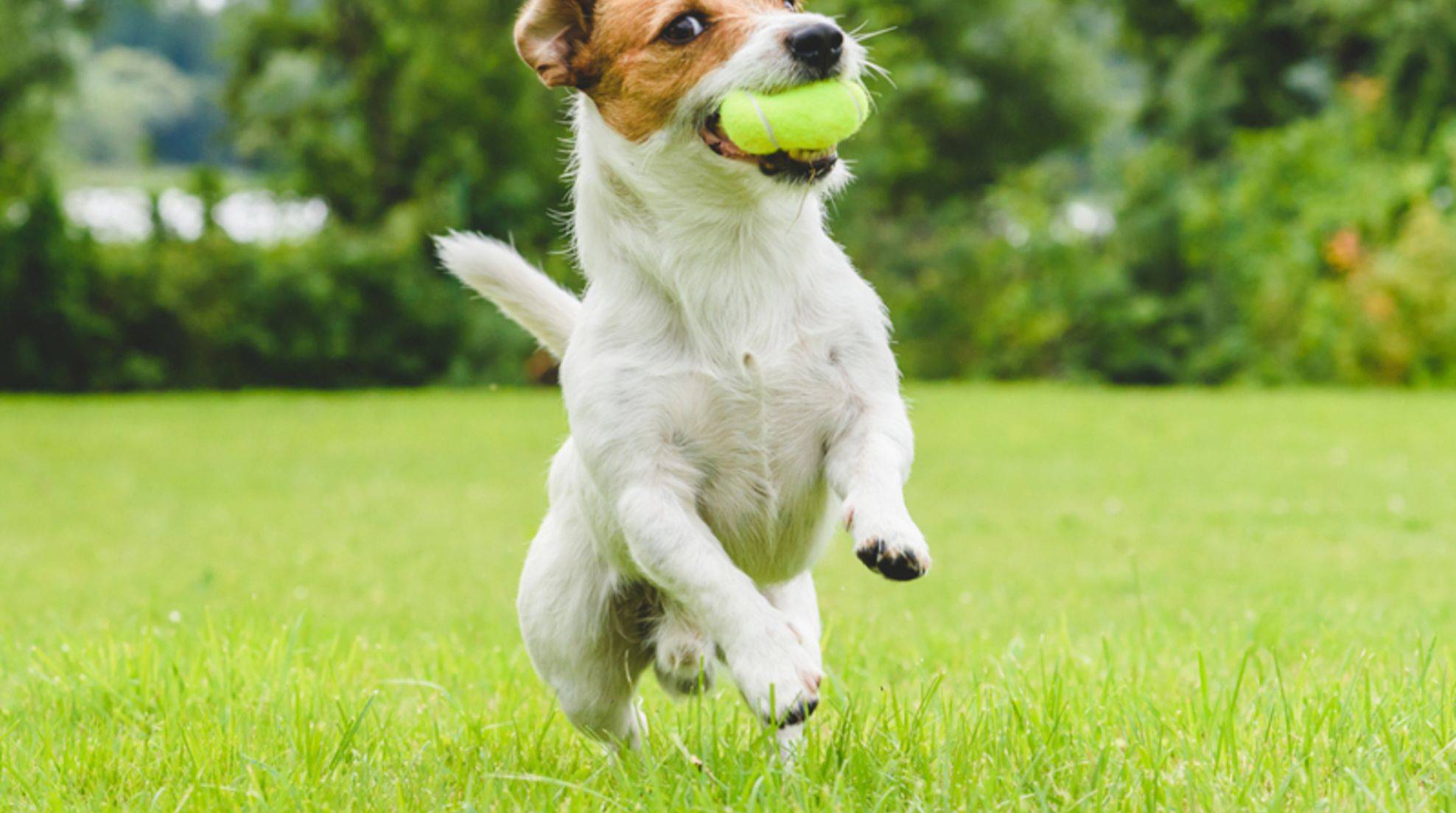
It is common for dogs to strain their muscles. Just like humans, they can injure themselves by overstretching. Learn more about symptoms and treatments for dogs.
Your four-legged companion was still running around in the park as if it were doggie heaven. He seems to be a bit tired now? He was a bit out of breath on the trip. If he is limping or adopting a releasive posture, this could indicate a strain.
Strain in dogs: possible causes
A strain can cause injury to tendons, ligaments, or muscles. This can be caused by several things:
The wrong movements: Your pet falls when running, jumping or playing. He gets stuck or bends over? Even such unfortunate events can cause muscle damage.
Incorrect Stretching: Exaggerating your dog’s stretching movements, or stretching too much can lead to strains.
Weight gain: excess weight on the ribs can also be a cause of injury.
Strains are most common in the hips and thighs. Overstretched tendons and injuries cause pain and other symptoms in dogs.
Symptoms: Recognize strain in dog
Strains in dogs can manifest in many different ways. The following symptoms can help you identify the injury:
Limping
Resting the affected leg
Swelling of the injured area
Yelping
Loss of appetite, and other abnormal behaviors
Note: These symptoms could also be indicative of a muscle tear or sprain. A visit to your veterinarian is recommended to determine what’s wrong with your pet.
Is the dog suffering from a strain or a disease? Take your dog to the vet.
Your veterinarian will feel your dog’s bones and muscles. A diagnosis may require additional tests, such as an ultrasound or X-ray.
Help the doctor by describing the exact circumstances under which the injury occurred. He’ll also want to hear when you noticed the first change in your dog.
Also, tell the vet if your pet’s behavior changed. For instance, does he sleep more? Does he walk with a limp? Does he not want to walk anymore? Has he lost his appetite?
Treatment of strains in dogs
Treatment depends on the injury. The veterinarian can apply bandages and give pain medication to the dog. Your four-legged companion can also be helped by you.
Rest is essential to your dog’s recovery. Only take your dog out as often as is necessary. For at least two weeks, you should stop playing with your playmate and doing daredevil stunts like jumping off a cliff or scuffles.
A single wrong move could be enough to re-ignite symptoms or worsen them. You can let your dog off the leash once he has shown no behavioral abnormalities in several days.
Home remedies for dog strains
Home remedies like Arnica or Bryonia in drops can be helpful if your dog doesn’t have any open wounds. Homeopathic substances can be used as washes, poultices or to support a quick recovery in the case of strains.
You can also cool the area affected regularly. It will help to reduce swelling. Massages and water exercises can help relax your dog’s muscle.
How to prevent a pulled dog muscle
A healthy weight for your dog will help prevent pulled muscles. To protect your dog from various diseases, a healthy diet and a balanced lifestyle are essential. Regular exercise makes your dog’s muscles stronger and less susceptible to injury.

